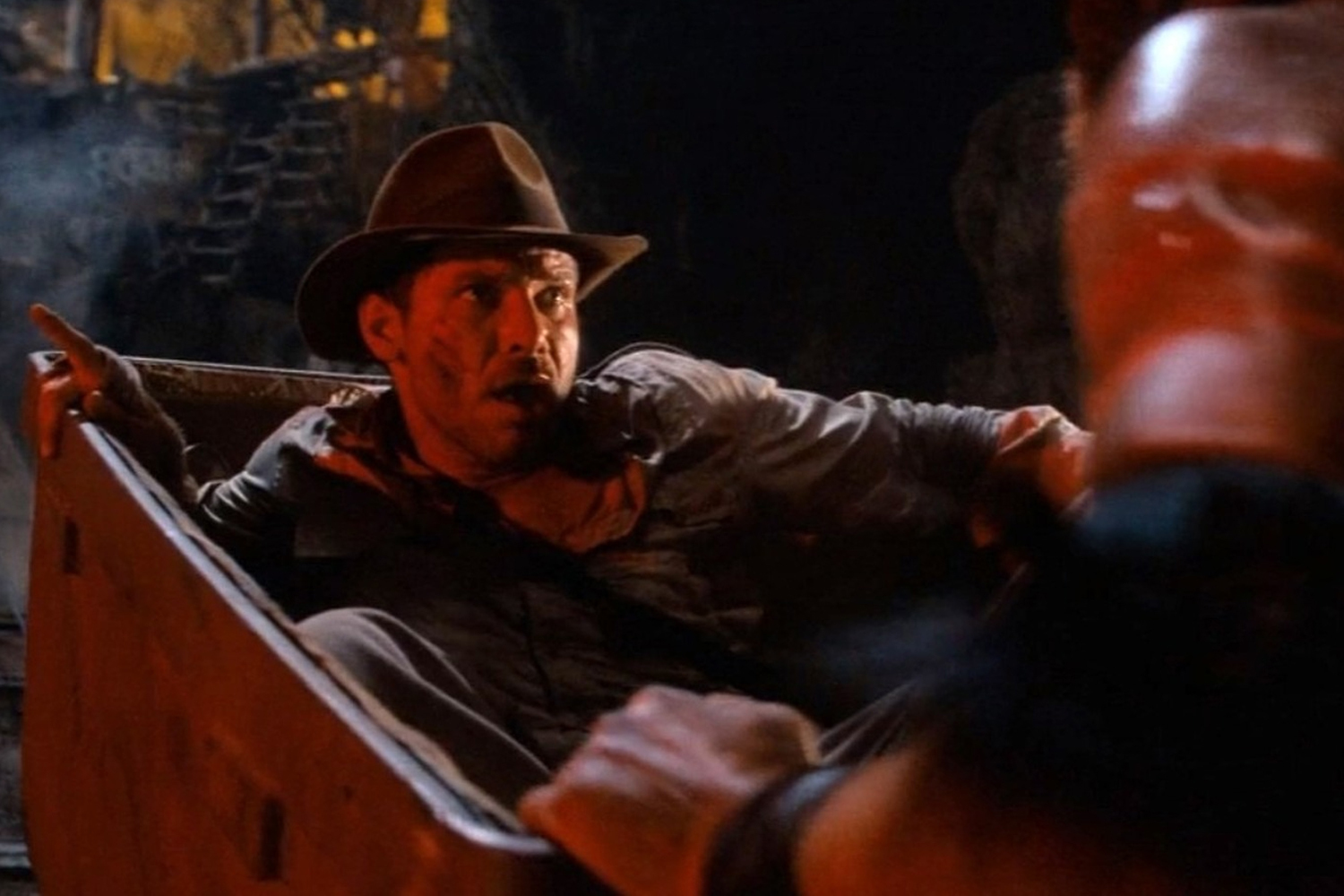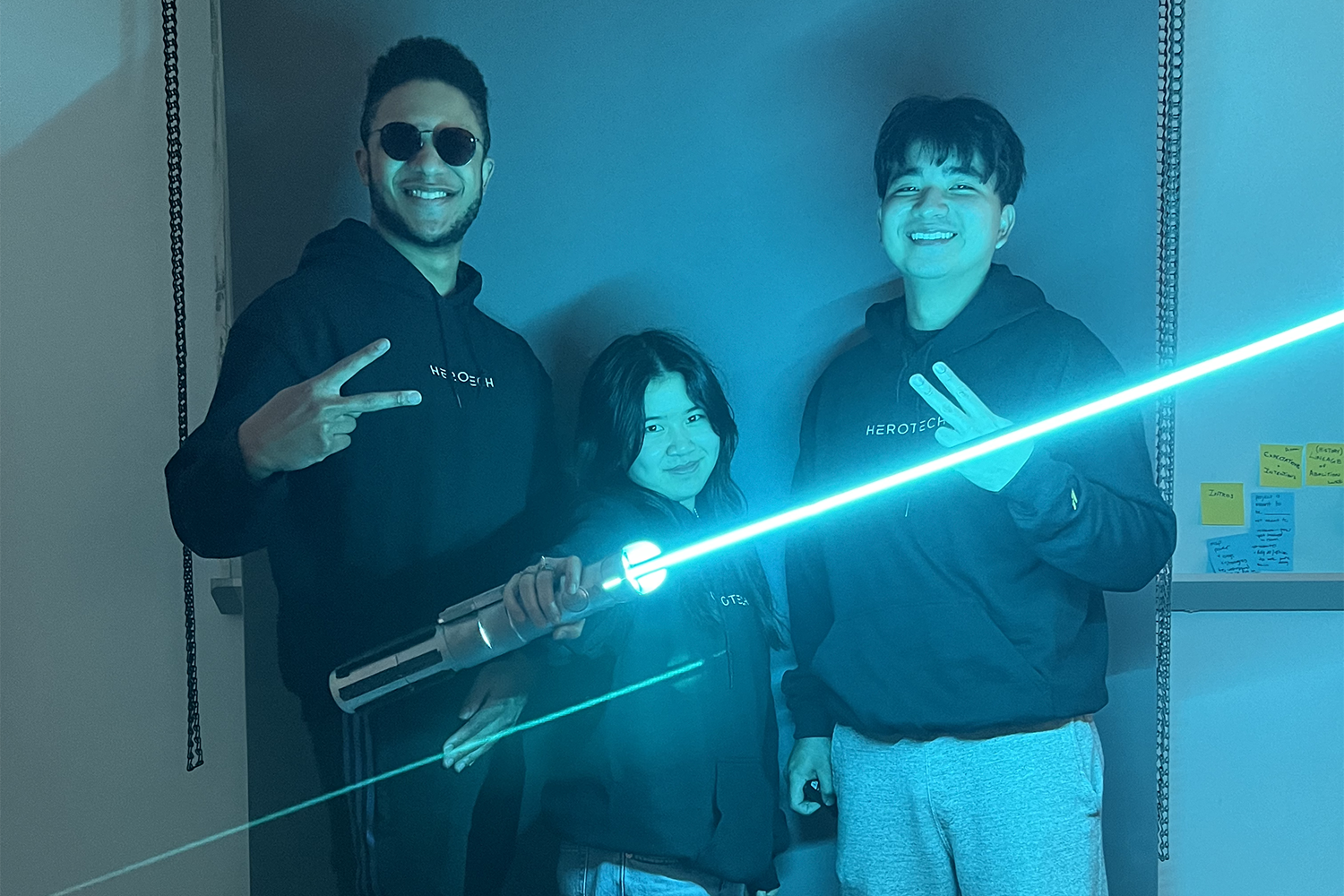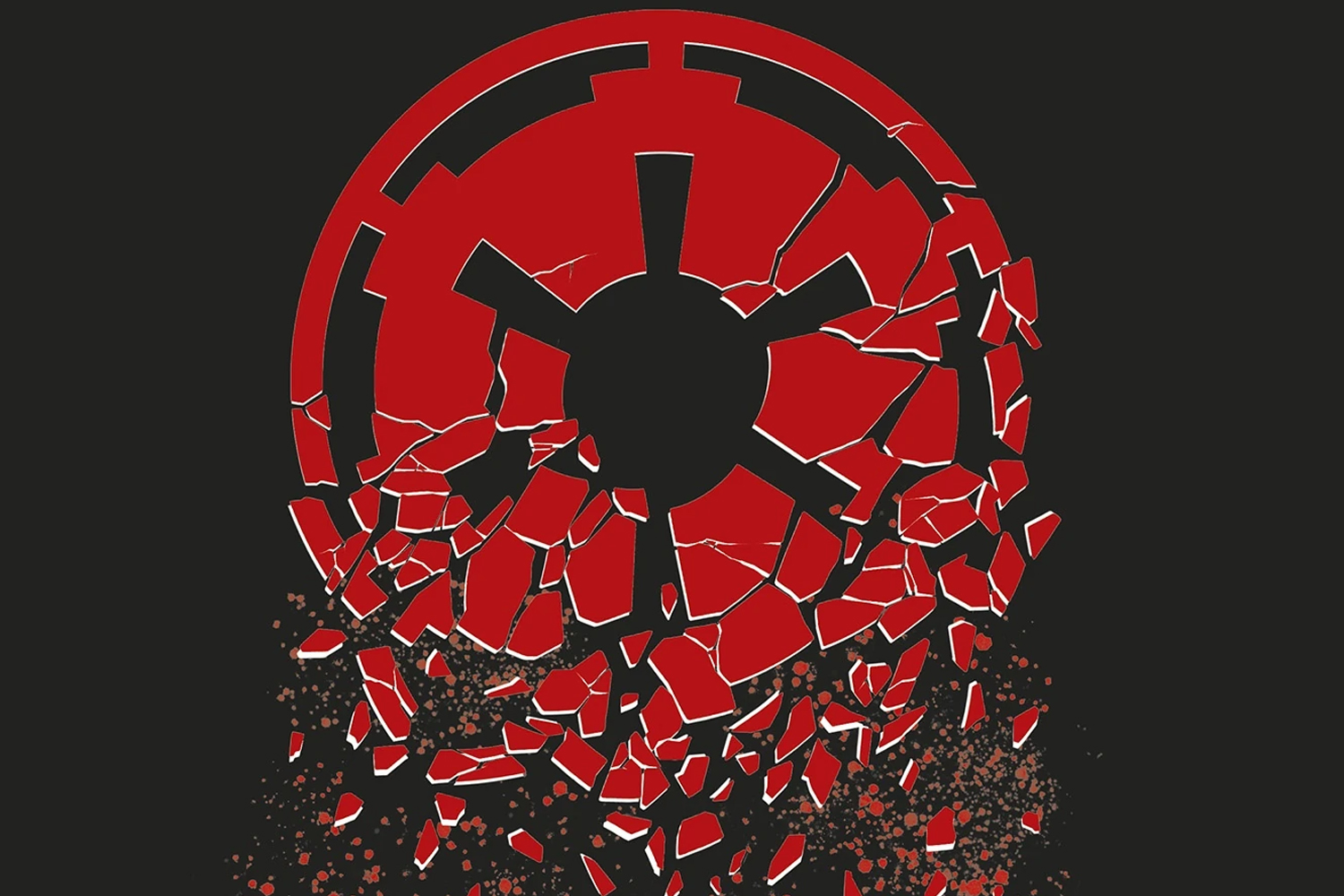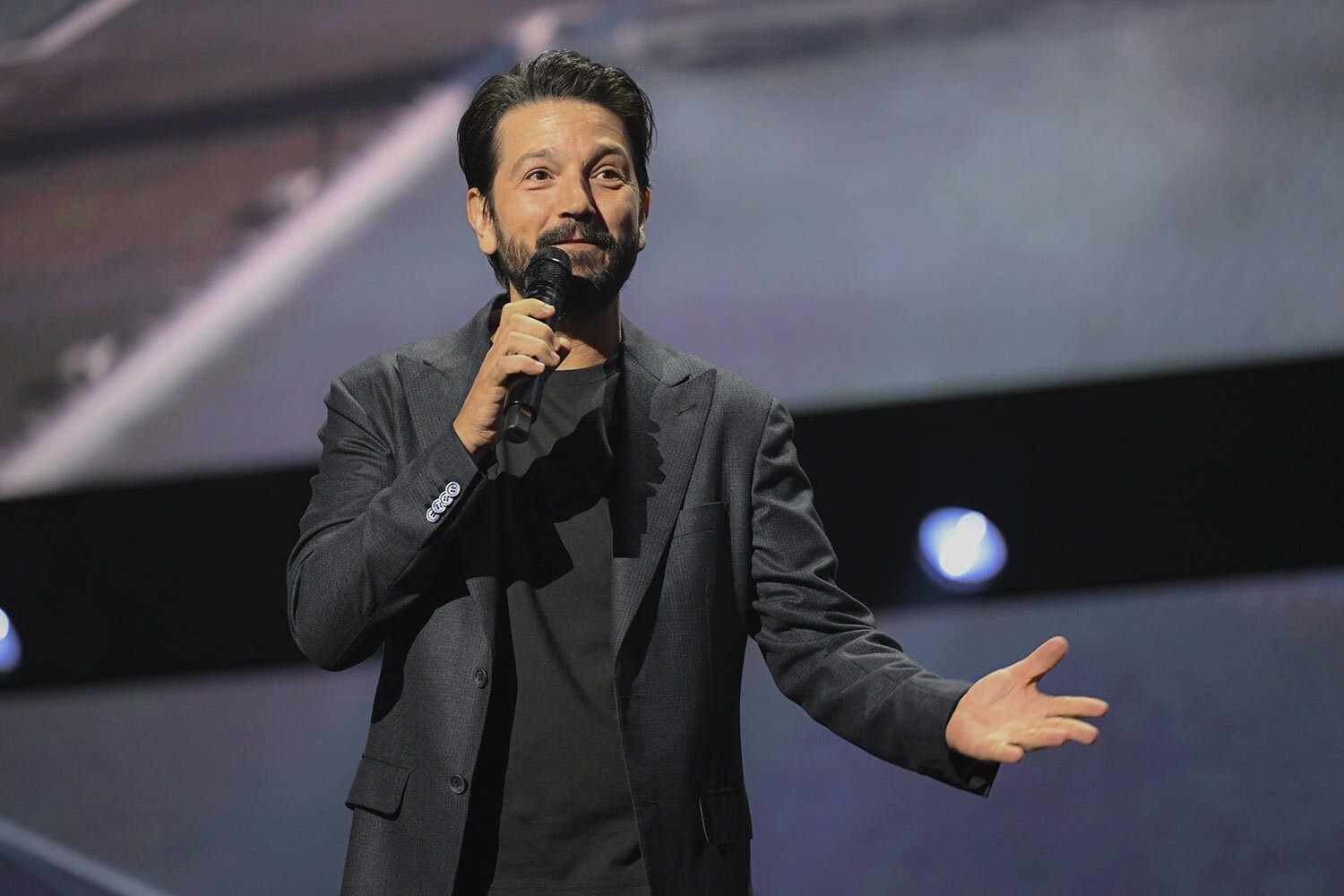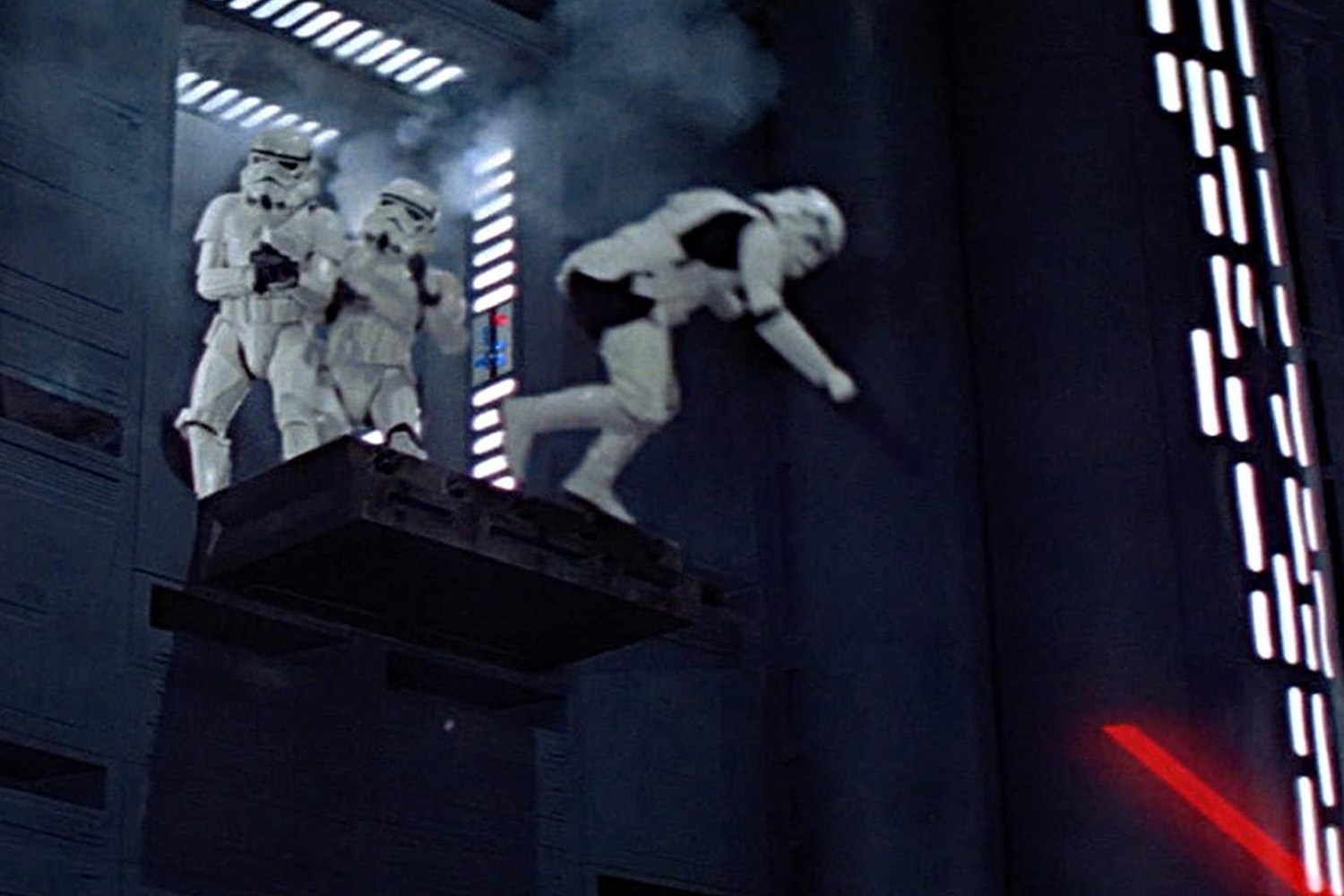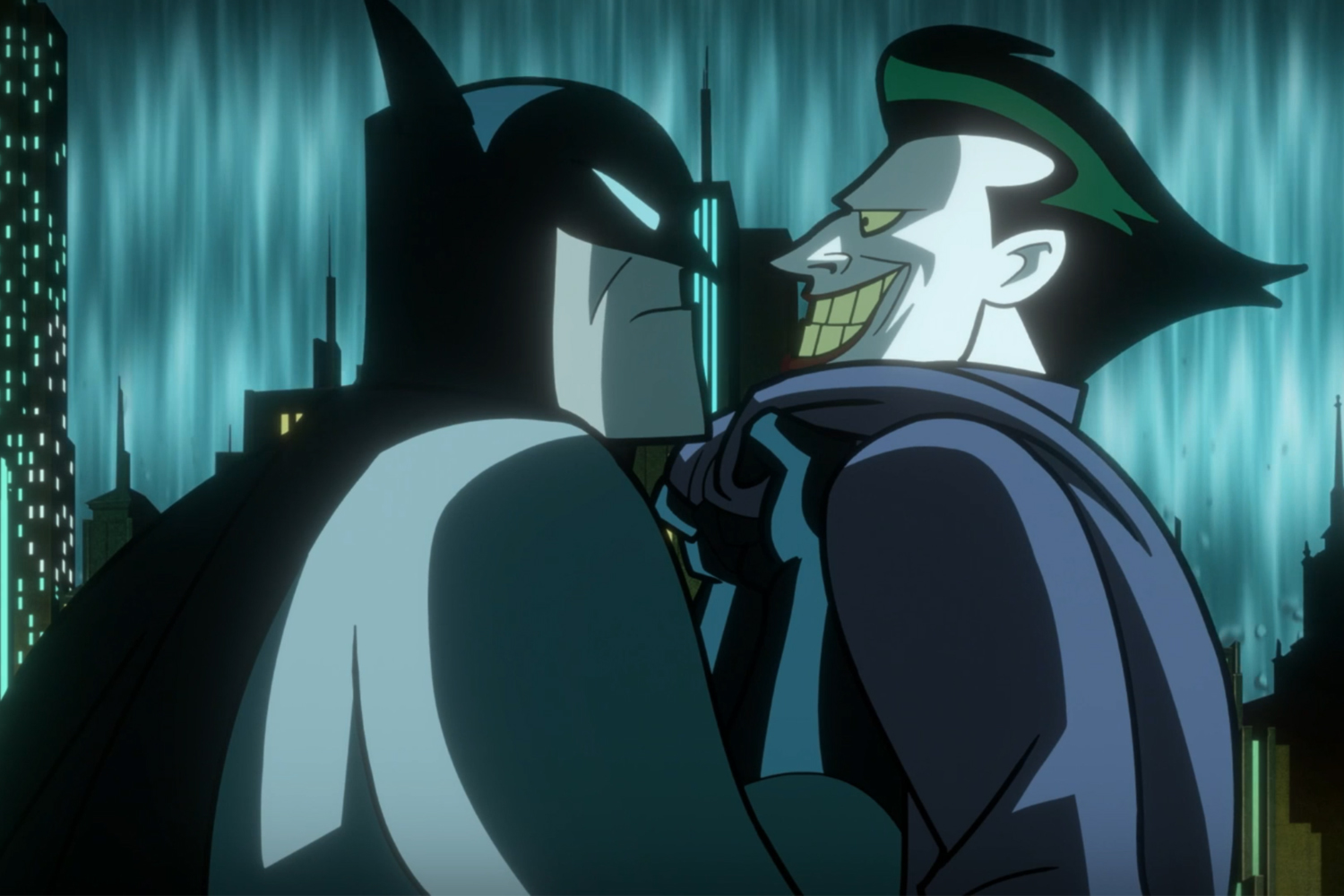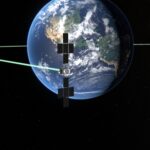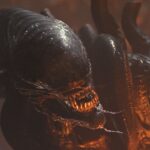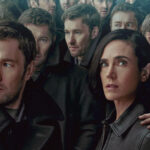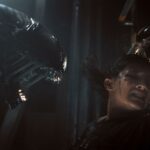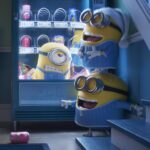The Star Wars prequels were all about answering questions. Questions like, how did Anakin Skywalker become Darth Vader? What were the Clone Wars? The problem is, that’s exactly the opposite of what made the original film so great. Welcome back to our Star Wars movie rewatch!
Having finally finished the prequels (Read about them here, here and here) it’s time revisit the original 1977 Star Wars, aka Star Wars Episode IV: A New Hope. Quick note: because simply too much has been, and will be, written about the Special Editions, I watched the original originals. These articles are about focusing on the Star Wars films with a fresh set of eye, not being distracted by changes made after the fact. It’s about remembering what’s good, and bad, about each original film, leading into Episode VII.
But if we’re being fair, there’s very little bad about A New Hope. If you want to nitpick, maybe it takes a little while to get going. We don’t actually meet Luke Skywalker for about 17 minutes. We don’t meet Han Solo for almost 45 minutes. But really, none of that matters because from the very first frame, young writer/director George Lucas focused on building a world that maybe even he himself didn’t quite understand. From the first moment, the film delivers thrills that wrapped up in an even more thrilling sense of possibility and wonder.
Who is the Empire? Why are the Rebels rebelling against it? What is a Death Star? Just how big is it? What is Princess Leia the princess of? From the opening text crawl, you are immediately sucked in by a handful of mysteries. That’s followed by one of the most iconic opening shots in film history, as a Star Destroyer chases a Blockade Runner across the frame in an epically imposing way. It’s a beautifully composed shot to be sure, but it also raises questions about these two factions. Just how powerful is the Empire? And just how badly are the Rebels outmatched?
From there, things then jump right into an action scene, with these two robots walking around. One of them, C-3Po, says “There’ll be no escape for the Princess this time.” The phrase “This time” is key, suggesting this kind of thing has happened before. Darth Vader says something similar when he boards the ship, “There will be no one to stop us this time.” Lucas is letting us know this world is vast and full with history—and another set of seeds are sown.
Once the droids, C-3PO and his companion R2-D2, reach Tatooine, they encounter a group of odd creatures we later learn are named Jawas. But, at the start, you don’t know what the Jawas are. Lucas slowly teases their introduction with several shots of the characters peeking around rocks. He’s building up anticipation before the big reveal. Then, once the droids are captured on the Jawas’ Sandcrawler, we meet more droids and more creatures. With each frame, the slow unveiling of this vast universe continues.
Then, finally, after almost an entire act of the film, we meet our hero: Luke Skywalker. As unrelatable as the ultra-powerful brat as Anakin Skywalker was, Luke Skywalker is completely relatable. He’s a wide-eyed kid who just wants to see the world, something every single person can understand. He’s a perfect everyman hero to follow on this journey and yet, by this point in the film, we’re still scratching our head about where this is all going.
That’s followed by two scenes that help shift the balance from the larger mysteries of this world to the basics about the universe at large. First is Luke’s meal with his Uncle Owen and Aunt Beru. They talk about Luke’s father and while Owen tries to shut it down, Lucas consistently cuts over to Beru’s reactions. She doesn’t have much to say, but her glances are beyond telling. Owen is hiding something. “There’s too much of his father in him,” she says. “That’s what I’m afraid of.” WHAT DOES THAT MEAN? We, of course, now know—but watching this movie, you don’t, and it’s another perfect morsel. What we do know is Luke does not want to stay here.
Later, when Luke finally sits down with Obi-Wan Kenobi, they participate in one of the most crucial exposition scenes in film history. He tells Luke about The Force, Jedi, Darth Vader, Vader allegedly killing his father, the Clone Wars, Princess Leia and more. In retrospect this scene is almost unbearably overstuffed with vital information , yet in the hands of Mark Hamill and Sir Alec Guinness, the audience gets enough information to set the table. For the next 90 minutes, as well as every Star Wars property to follow.
The scene also continues the crucial narrative moment of Leia’s message. What’s noteworthy here are Kenobi’s reaction shots. On a first viewing, you have no idea why he’s got such a shocked look on his face, and you’re dying to know. A great directorial choice. Seeing this as the fourth movie in a series, though, you know exactly what’s going through Kenobi’s head: Vader’s daughter lives, she’s a Rebel leader, she’s been revealed to her brother, the Rebellion is in trouble, etc. The fact Lucas can say all that with a series of simple edits is just another example of how well everything in A New Hope works.
At this point, the film’s minor pacing issues melt away. The movie shoots off on a rocketship of story, action and character. Luke’s aunt and uncle die, he and Kenobi go to Mos Eisley, they meet Han Solo and Chewbacca, the group fights their way off the planet, they realize Alderaan has been destroyed, they’re sucked into the Death Star, there’s a daring, crazy rescue along with a sacrifice, then there’s another climactic battle where the heroes are triumphant. Roll credits.
So what stands out, in a rewatch of the rest of the movie? A lot of things. First up, it’s crazy just how incredibly good the Cantina scene still looks. Even the creatures in the trailer for The Force Awakens don’t look as good as some of the suits and puppets that were created for this scene all those decades ago. It holds up masterfully, ketchup arm and all.
Then there’s the now-infamous Han and Greedo scene. What’s even more interesting about it than the “Who shot first?” argument is how much crucial information the scene provides about Solo as a character, as well as Lucas’ world-building. We learn that Solo is a shady guy, that’s he’s wanted, there’s some nefarious character out there called Jabba the Hutt, and more. Just another series of enticing questions we don’t have answers to. It’s a seemingly throwaway scene, but Lucas uses it to great effect to build two crucial pillars.
This comes up again, when Grand Moff Tarkin and Darth Vader talk to Princess Leia about the Rebel base. They’ve obviously met before, or at least they know each other. How? And if the Rebels have a hidden base, what are they hiding? What happens to the rest of the galaxy when the Death Star destroys Alderaan? And how in the hell can the Rebels defeat such a powerful machine? One dialogue-heavy scene continues to build the sense of a history that extends far beyond the frame.
Princess Leia, by the way, completely makes A New Hope. Seriously. She’s everything. You don’t really learn much about her for the first hour or so, but once Luke and Han bust her out on the Death Star, she takes over. She’s a wise-ass, she’s confident, she’s powerful, she’s the missing ingredient in a cocktail that will carry on not just in this movie, but the next two as well—and maybe beyond. Praise be to Carrie Fisher. She doesn’t get enough credit for crushing her role in this movie.
The other MVP of the movie—especially once you get to the Death Star action scenes but during the whole thing, really—is John Williams. The importance of his music in setting the tone for Star Wars cannot be overstated. Including just how perfectly integrated into each and every scene it is. Years have passed since this movie was released, and I dare you not to get goosebumps when Luke and Leia swing across the retracted bridge on the Death Star.
That’s not to say every single scene in this movie is about something other than what it is. The characters getting stuck in the trash compactor is simply about creating tension, and that’s why I think it probably is one of my least favorite scenes in the film. A tiny misstep that still has some charm thanks to the interaction between the characters.
Luckily, it’s soon followed by one of the best scenes of the film, the showdown between Obi-Wan Kenobi and Darth Vader. In a way, this scene is the climax of Lucas’ slow build-up of history. After this, there are still questions being raised—but none of them are as urgent as the ones that our first ever lightsaber duel leaves us with.
Compared to some of the other duels in the trilogy, this one isn’t particularly well-choreographed. But that doesn’t matter for two reasons. First, we see Alec Guinness doing all of it himself. And secondly? Guinness’ eyes. The entire magnitude of the scene is encapsulated by his intense stares at Vader. To him, this fight is way more important than we can possibly imagine. His whole life has led to this moment. Which makes his surrender at the end so perfect, and so mysterious. He willingly lets Vader kill him. Why? We won’t know for some time, but it works.
So Han, Leia, Luke and the droids escape, meet up with the Rebels at Yavin IV and plan the attack on the Death Star. By the time the X and Y Wings take off, it almost feels like A New Hope has been four different movies. We’ve traveled so far from that space battle over Tatooine, and along the way we’ve learned a great deal, developed attachments to these characters, and become invested in their cause. None of the other films in the franchise has that scope, at least that I can remember.
(Quick side note. Watching the original version, the only scene I miss from the Special Edition is the scene of Biggs on Yavin IV. Not only does it humanize another of the pilots in the climax, it gives Luke an even better reason to fight and ties up a few loose ends from the beginning of the movie. Maybe it hurts the pacing of the climax slightly, but I missed it. Okay, back to the review.)
If the Vader/Kenobi scene is the last piece of backstory teased in the film, the space battle’s ending opens up the future of the series. When the disembodied voice of Obi-Wan (which, again, is a killer mystery) tells Luke to use the Force, Luke is finally pushed into buying into his new worldview, 100 percent. He does it, it works, and the Death Star is destroyed. It’s a perfect moment, both for the character and the movie, as it pays off a ton of what we’ve been watching—but it also keeps us guessing.
I mean, what other movie introduces such a formidable villain as Darth Vader, has him kill a major character, and then doesn’t beat him in the end? Vader simply gets knocked out into space at the end of the movie, while everyone else aboard the Death Star is killed in a huge explosion. That’s a confidence that very few movies have. The confidence to know there’s a bigger story to be told. This is just one little sliver.
Not only that, but after the Rebels win, the brief dialogue isn’t about what’s next. It’s not about providing answers. It’s about celebration, and the final few minutes are dialogue free. It’s all conveyed with looks and that iconic John Williams music.
And yet, even in their moment of triumph, we’re left with questions about this universe. Who are all these people at the ceremony? How will the Rebels continue? How did Obi-Wan talk to Luke from beyond the grave? What will come of Darth Vader? Who is the Emperor they talked about? Can Luke Skywalker become a Jedi? Has Han Solo joined the rebellion? The list goes on and on.
None of these are questions that need to be answered by this film. But they give the audience something to talk about, in addition to being totally fulfilled by the story at hand. That makes for an absolutely perfect ending to a basically perfect movie.
Next week:
Here are our Retro Reviews of the first three movies, too:
Contact the author at [email protected].
